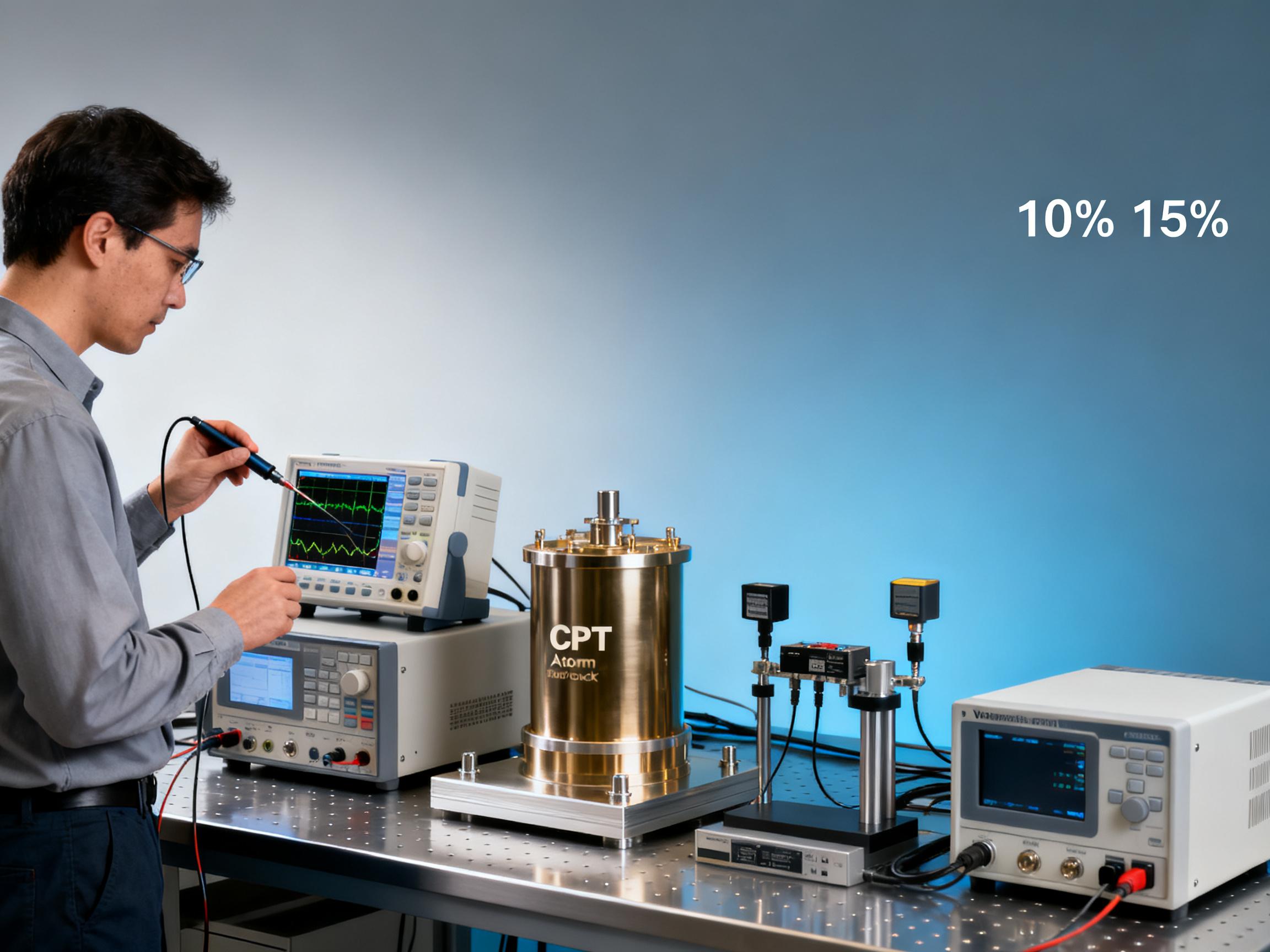RELATED
![How CPT Atomic Clocks Reduce OPEX in 5G Base Stations [Real Data] How CPT Atomic Clocks Reduce OPEX in 5G Base Stations [Real Data]](https://usimg.bjyyb.net/grey.png?x-oss-process=image/resize,m_fixed,w_800,h_600,limit_0) How CPT Atomic Clocks Reduce OPEX in 5G Base Stations [Real Data]2025-12-11
How CPT Atomic Clocks Reduce OPEX in 5G Base Stations [Real Data]2025-12-11 2024 CPT Atomic Clock vs Rubidium: Which Offers Better Stability for Telecom Networks?2025-12-08
2024 CPT Atomic Clock vs Rubidium: Which Offers Better Stability for Telecom Networks?2025-12-08 Live Demo Results: CPT Atomic Clock Performance Under Harsh Environmental Tests (Data Inside)2025-12-05
Live Demo Results: CPT Atomic Clock Performance Under Harsh Environmental Tests (Data Inside)2025-12-05 Budgeting for Precision: Total Cost of Ownership for a Rubidium Atomic Clock Over 5 Years2025-12-03
Budgeting for Precision: Total Cost of Ownership for a Rubidium Atomic Clock Over 5 Years2025-12-03
MESSAGE
Introduction to Rubidium Atomic Clock Technology
Rubidium atomic clocks represent the gold standard in precision timing, leveraging the natural resonance frequency of rubidium atoms to maintain exceptional accuracy. These devices have become indispensable in telecommunications, navigation systems, and scientific research where timing precision is critical. Recent technological breakthroughs have pushed the boundaries of what's possible with rubidium clocks, offering improved stability, reduced size, and enhanced reliability.
Key Technological Advancements
Miniaturization and Power Efficiency
The latest generation of rubidium atomic clocks has achieved remarkable size reductions without compromising performance. Modern units now measure as small as 100 cm³ while consuming less than 10W of power. This breakthrough enables integration into portable devices and space-constrained applications where traditional atomic clocks were impractical.
Improved Long-Term Stability
Researchers have developed new techniques to enhance the long-term stability of rubidium clocks, achieving Allan deviations better than 1×10⁻¹³ over 24 hours. This improvement comes from advanced laser stabilization methods and better temperature compensation algorithms, making these clocks suitable for applications requiring weeks or months of continuous operation without recalibration.
Performance Comparison
Industry Applications
Telecommunications Infrastructure
Modern 5G networks demand unprecedented timing precision for synchronization. The latest rubidium atomic clocks provide the necessary stability for maintaining network coherence across distributed base stations, enabling faster data rates and lower latency.
Satellite Navigation Systems
Navigation satellites rely on atomic clocks for precise positioning. The improved rubidium clock technology enhances GPS and Galileo system accuracy, with some implementations achieving positioning errors of less than 30 cm without ground-based augmentation.
Technical Specifications
- Frequency: 6.834682610904324 GHz
- Warm-up time: <5 minutes
- Operating temperature: -40°C to +75°C
- MTBF: >100,000 hours
Market Trends and Adoption
The global rubidium atomic clock market is projected to grow at 7.8% CAGR through 2028, driven by increasing demand from defense, aerospace, and financial sectors. Emerging applications in quantum computing and deep space communication are creating new opportunities for advanced timing solutions.
Implementation Considerations
Integration Challenges
While the technology has advanced, implementing rubidium clocks still requires careful consideration of electromagnetic interference, vibration isolation, and thermal management. Proper system design can maximize the performance benefits of these precision instruments.
Cost-Benefit Analysis
Although rubidium atomic clocks represent a significant investment, their long-term reliability and reduced maintenance requirements often justify the initial cost. Many operators find the total cost of ownership favorable compared to alternative timing solutions when considering operational lifespan and performance.
Future Developments
Research continues into hybrid systems combining rubidium and other atomic clock technologies. Early prototypes demonstrate potential for achieving cesium-level stability in rubidium-sized packages, which could further expand application possibilities in the coming years.
Why Choose Our Rubidium Clock Solutions
With decades of experience in precision timing solutions, we offer rubidium atomic clocks that combine cutting-edge technology with proven reliability. Our devices meet stringent international standards and come with comprehensive support services to ensure successful implementation in your critical applications.
Frequently Asked Questions
How often do rubidium atomic clocks need calibration?
Modern rubidium clocks can maintain accuracy for years without external calibration, though periodic verification against reference standards is recommended for critical applications.
What's the typical lifespan of a rubidium atomic clock?
With proper operation, our rubidium clocks typically exceed 15 years of service life, with many units continuing to perform beyond 20 years in field deployments.
CONTACT US
Please use the form below to get in touch.
If you need a reply we will get in touch as soon as possible.

![How CPT Atomic Clocks Reduce OPEX in 5G Base Stations [Real Data] How CPT Atomic Clocks Reduce OPEX in 5G Base Stations [Real Data]](https://usimg.bjyyb.net/sites/91500/91958/1765179857856560163985903616.jpeg)



